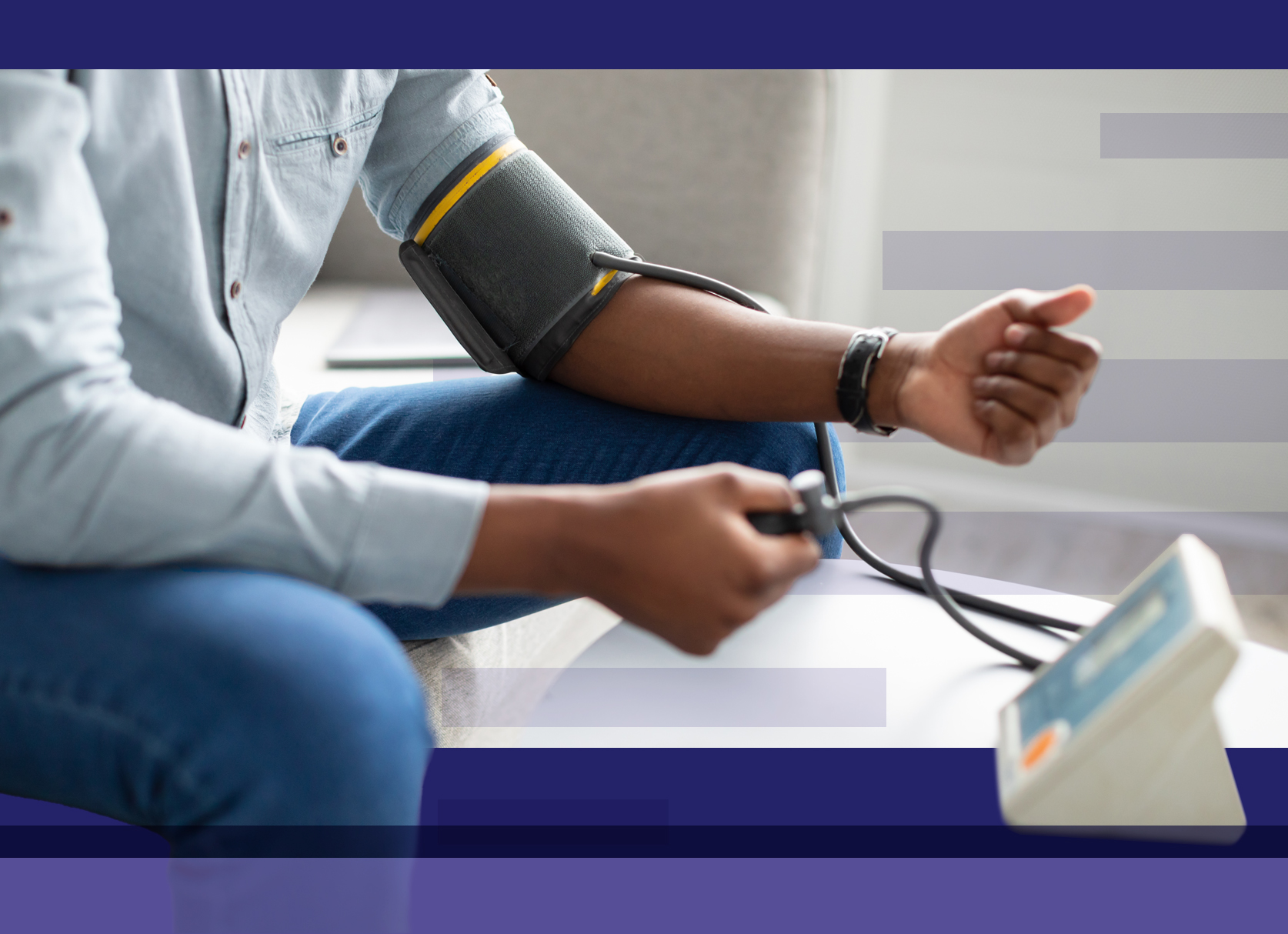High blood pressure is a widespread and costly condition that impacts close to half of adults in the U.S. Also referred to as hypertension, high blood pressure costs the healthcare system more than $130 billion annually and contributes to nearly 700,000 deaths each year, according to the Center for Disease Control and Prevention (CDC). Yet, hypertension is the most preventable and correctible risk factor for cardiovascular disease.
With National High Blood Pressure Month underway, it’s the perfect time to raise awareness of how high blood pressure impacts diverse populations in detection, treatment and prevention.
High blood pressure affects all genders, races and ethnicities differently, but research demonstrates that members of historically marginalized groups who experience chronic stressors — such as racism and discrimination — have an increased risk of developing hypertension. Often, these individuals develop high blood pressure at a younger age and during and after pregnancy.
Several studies, including a 2012 clinical observation of Latina Americans, demonstrated that the mere anticipation of prejudice triggered a negative cardiovascular response among study subjects. According to the National Heart, Lung and Blood Institute (NIH), 35% of Hispanic and Latina women have hypertension. Additionally, only around 14% of Asian women ages 20 and older have their high blood pressure under control, partly due to healthcare providers overlooking their risks
In 2020, a Harvard Health study reflected Black adults have higher stress from lifetime discrimination leading to a higher risk of hypertension. An estimated 55% of Black adults have high blood pressure, with two thirds of Black women in their 40s being diagnosed with hypertension.
As for women, one in every 12 to 17 U.S. pregnancies experience hypertension. Risk factors for these women include eclampsia, preeclampsia, stroke, heart failure and myocardial infarction. Heavily driven by racial bias within the U.S. healthcare system, hypertension-related complications are a leading cause of maternal death, predominantly affecting Black women.
Shockingly, nearly half of adults with hypertension do not have adequate control of their condition. Increasing awareness is key, along with timely screening and diagnosis, but these steps are not enough. Once diagnosed with hypertension, Asian, Black, Hispanic, and Indigenous adults are all less likely to have their blood pressure controlled when compared with White adults.
While societal and social barriers contribute to disparities in hypertension-related outcomes, recent studies show that up to 40% of patients with hypertension have not had their medication increased. Neglecting to monitor and adjust medication as needed for Black and Hispanic adults may account for close to one-quarter of disparities in hypertension-related outcomes.
Improving hypertension management across all populations is vital for reducing health disparities and enhancing overall public health. One of the best ways to accomplish this is to increase awareness of risk and support lifestyle management and interventions.
Along with individual lifestyle changes, healthcare providers should also challenge race-based practices and beliefs. Hypertension treatment should be tailored to the individual, rather than driven by considerations of race.
Providers should aim for the best blood pressure control in their patients, utilizing all available options. Other factors, such as dosage, additional medications and addressing barriers to adherence, are more important than race in managing hypertension.
We can make a difference. This National High Blood Pressure Month let’s work together to improve care for diverse populations and improve health outcomes for all individuals.
Improve outcomes and build trust with TruLite Health
Is your organization ready to take the next step toward health equity progress? Reach out to our team. With Truity™, we can help you address healthcare disparities to produce better outcomes at scale.
Truity is the industry’s first comprehensive health equity platform built to drive transformational clinical, social, and behavioral interventions for diverse populations at the point of care.



